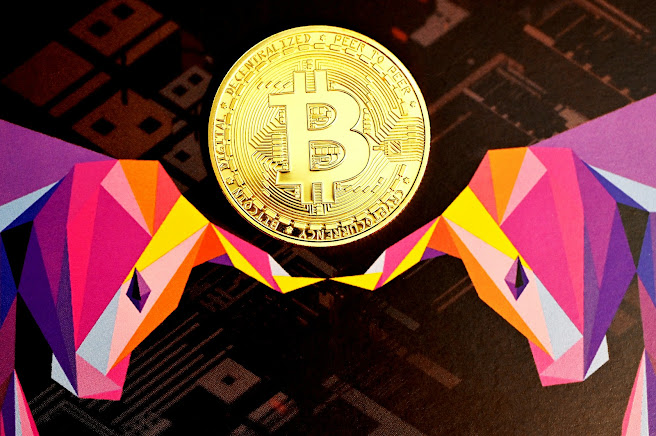A bull market, in the traditional market sense, refers to a phase of significant and sustained upward movement in the market. This period is characterized by positive market sentiment, which helps maintain the rise in prices. Additionally, increased participation from investors typically leads to a surge in trading volumes during a bullish phase.
Although various parameters can indicate a bull run in the crypto market, Bitcoin often serves as a reliable barometer. This is due to Bitcoin’s dominant market position and high levels of trading activity.
In this post, we explore key moments in 2023 when significant increases in Bitcoin’s price suggested the onset of a bull market.
The RSI:
In January, according to TradingView charts, Bitcoin started the year at a low of around 12,000 USDT. This was the lowest level seen since November 2020. By January 20, the king coin had soared above 23,000 USDT, marking a significant rise in the first half of 2023. The Relative Strength Index (RSI) exceeded 70, indicating an overvalued or overbought market from January 10 to January 29.

The surge in Bitcoin’s price at the start of 2023 can be attributed to several macroeconomic factors. High inflation and the US Federal Reserve’s aggressive monetary policies set the tone for the year. Additionally, the conflict between Russia and Ukraine exacerbated an energy crisis, leading to increased prices for natural gas and oil. This period also saw the US report its highest inflation levels in approximately four decades. Moreover, January witnessed the successful launch of Bitcoin Ordinals, which positively impacted the market and likely contributed to Bitcoin’s price increase.
In February, Bitcoin’s price spiked to around 25,000 USDT, at a time when the Federal Reserve’s aggressive interest rate hikes hit the market. Due to high inflation, the trend shaped the first half of 2023. March saw Bitcoin surpass the crucial resistance level of 28,000 USDT. Around March 17, the Relative Strength Index (RSI) for Bitcoin briefly remained above 70, indicating an overvalued market. The uptrend continued until April 14, with market volatility starting to decrease after the first week of April. This period marked a significant phase of price movements influenced by macroeconomic factors and monetary policies.
In April, Bitcoin’s price breached the 30,000 USDT mark, coinciding with Ethereum’s significant Shapella hard fork. By June, Bitcoin had reached levels above 31,000 USDT.
Surge of Solana by 10x in 3 months:
SOL’s substantial 39% weekly gains have pushed its futures open interest to $745 million, the highest level since November 2021, when SOL achieved its all-time high of $260. Still, in futures markets, leverage longs and shorts are constantly matched, so it’s crucial to examine SOL’s funding rate for a more nuanced perspective.
A positive funding rate indicates that longs (buyers) demand more leverage, while the opposite occurs when shorts (sellers) require additional leverage, resulting in a negative funding rate.

SOL's current futures funding rate represents a 0.5% weekly cost for leverage longs, which is not excessive given the prevailing bullish momentum. Yet, this is a significant shift from the funding rate levels observed three weeks earlier when leverage shorts were paying for leverage use.
While it could be argued that derivatives markets primarily drove SOL’s rally, there’s solid evidence indicating growth in terms of deposits and the usage of decentralized applications (DApps) within the Solana ecosystem.





0 Comments